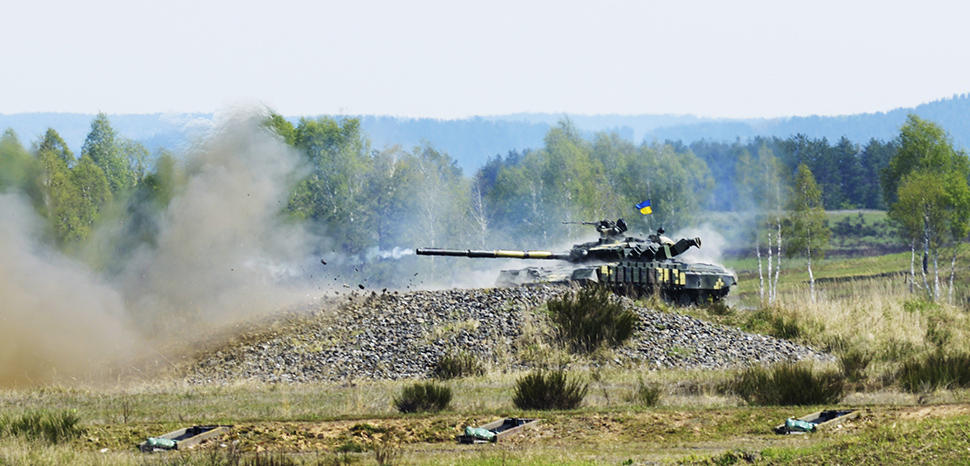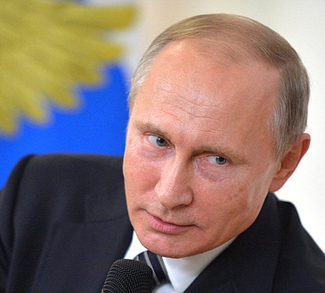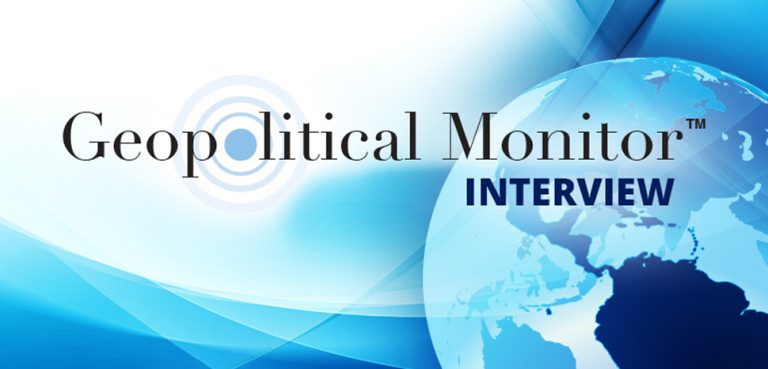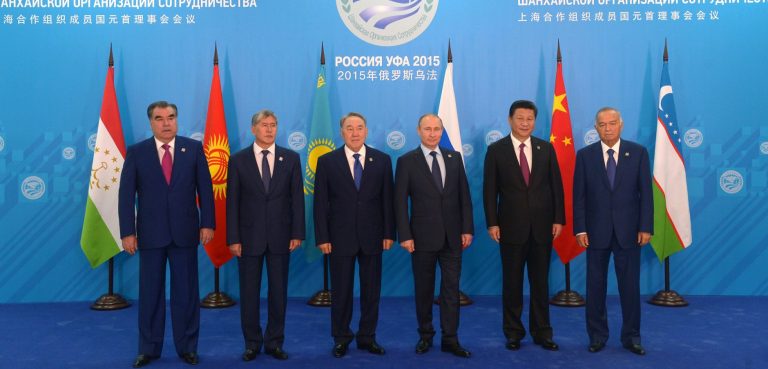Russian President Vladimir Putin has always warned about the eastward expansion of NATO and cited concerns about Kyiv or other countries joining this organization as one of the most important reasons for attacking Ukraine. The irony of the matter is that this attack not only did not stop NATO but led to the revival of its existential philosophy and the expansion of its members. The conflict in Ukraine provided NATO with the justification it had been seeking for the past three decades: the immediate and tangible threats posed by Russia and China. These threats materialized with Russia’s aggression against Ukraine, which validated the US doctrine of “collective defense” and “collective security” within the framework of NATO. These developments occurred in favor of the United States and at the expense of NATO partners.
Ever since the dissolution of the Soviet Union, NATO has attempted to rationalize its existence and role as a defensive alliance, but it has always encountered the challenge of explaining why it needs to expand its collective defense capabilities in such proportions when the world no longer has two antagonistic power blocs.
To address these uncertainties and questions, the United States endeavored to transform NATO from a “collective defense” organization to a “collective security” organization and then, subsequently, to a “collective interests” organization. This effort was aimed at updating and aligning the existential philosophy of this organization with the interests of the United States.
As the leader of NATO, the United States, based on a simplistic definition of security, initially relied on the necessity of collective defense to cope with non-traditional security threats. The terrorist attack of September 11 served as a catalyst for NATO’s transition and the enlargement of its objectives from purely defensive to offensive. In the subsequent stage of NATO’s expansion, the United States extended its responsibilities beyond defense and security and attempted to portray itself as a multilateral organization that provides the security interests of like-minded powers in Europe. This stage focused on new threats like terrorism and cyberattacks, security implications of geo-economic trends in technology, environment, and energy, and strengthening NATO’s foundations and collaborations.
However, none of these efforts could dispel the doubts surrounding NATO’s raison d’être. The opponents argued that there were more general and specialized institutions than NATO to address these issues and that NATO’s existence was more destabilizing than stabilizing in the absence of a common enemy. Meanwhile, Russia’s aggressive actions in recent years, such as the attack on Georgia; the annexation of Crimea, and, most importantly, the full-scale attack on Ukraine’s territory, put an end to all doubts about the necessity of NATO’s existence and reinforced the revival of the organization’s existential philosophy.
Russia’s aggressive actions, which had already portrayed the country as an aggressor and an overt enemy, finally revealed and institutionalized the imminent threat that NATO had been seeking for a long time in the attack on Ukraine, and compelled the formation of a common threat perception among NATO members. Moreover, the concern about the possibility of Russia attacking other Eastern European and Scandinavian countries provided a platform for more requests to join NATO and seek shelter under its security umbrella. Finland’s recent membership and Sweden’s impending accession to NATO made the open waters of the North Sea insecure for Russia.
The issue of Ukraine’s potential accession to NATO remains shrouded in uncertainty, but the substantial amount of military assistance from the members of this organization to Ukraine has made Kyiv a de facto partner of the members of this alliance. On the other hand, the war in Ukraine undermined Europe’s efforts for independent defense and further diminished the position of this continent as a junior partner of the United States in NATO. This degradation of status did not stop there and compelled the important members of Europe such as Germany and France, who were the leaders of the strategic independence of Europe, to further enhance their military power and equip their arsenal as much as possible in order to remain more capable and effective partners in NATO for the United States – something that the United States did not expect in its wildest dreams.
The United States has exploited this favorable atmosphere created around NATO and has employed this enormous capacity in the service of its hegemonic aspiration as its foremost geopolitical priority to defeat Putin and contain China. In fact, the United States, by capitalizing on the intensification of European security concerns caused by Russia’s invasion of the continent, has become more optimistic about the cooperation of more Europeans in the policy of containing China. This policy has met with some success, with governments such as France and Germany openly opposing China.
Washington has also utilized this opportunity to bring various issues from technology to environment and energy and the “high-tech” competitions to security domains – the domains in which the United States has the most resources and skills. The persistence of the United States on smart sanctions and the control of chip exports, as well as the attempt to exclude China from the global supply chain, especially in the field of technology, are clear examples. In fact, the United States has engaged in a pre-emptive war against China in the field of technology and seeks to unite its NATO partners against China by using the revived capacity of NATO.
Russia’s invasion of Ukraine did not alleviate Moscow’s problems but rather caused the revival of NATO and the restoration of the security authority of this organization and the hegemonic security position of the United States. In fact, with this invasion, Putin turned a wandering NATO in search of legitimacy after the end of the Cold War into a vital organization, and now, beyond survival and legitimacy, it pursues expansionist goals such as enlarging members, extending geographical reach, and also expanding its fields of action and entering new domains such as cyber, artificial intelligence, etc. In this situation, Putin has not only failed to achieve his primary goal of preventing the expansion of NATO, but his order to attack Ukraine has once again brought NATO to the center of global security policy and has thrown Ukraine and Europe into Washington’s lap more than ever.
Putin’s failure will assist the Biden administration in presenting the failed idea of democracies versus autocracies in a new format and divide the world’s countries into two groups of democracy’s friends and foes, an idea that, of course, has not yet worked and countries, especially the countries of the Global South and even the closest allies of the United States such as Saudi Arabia and a country such as India, rely on the middle game model (hedging) and try to maintain their relations with both sides of the conflict and avoid taking a clear stance in favor of one or the other.
The views expressed in this article belong to the authors alone and do not necessarily reflect those of Geopoliticalmonitor.com.




